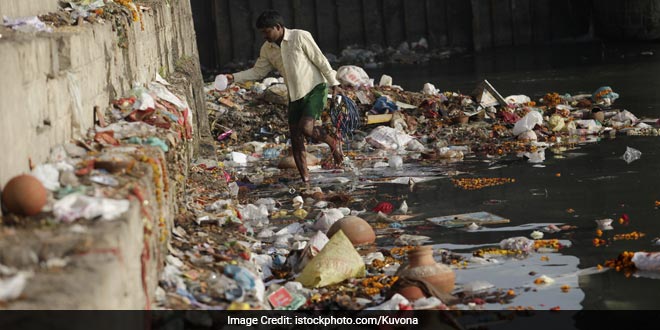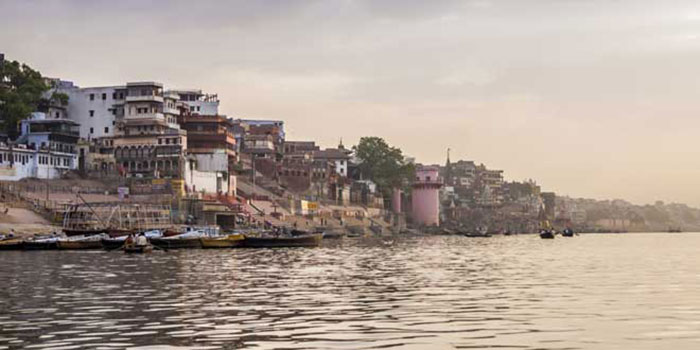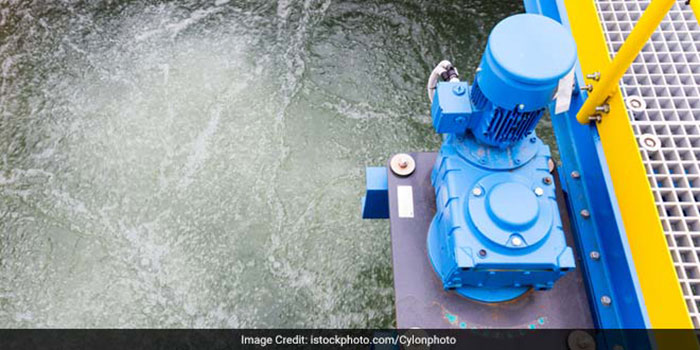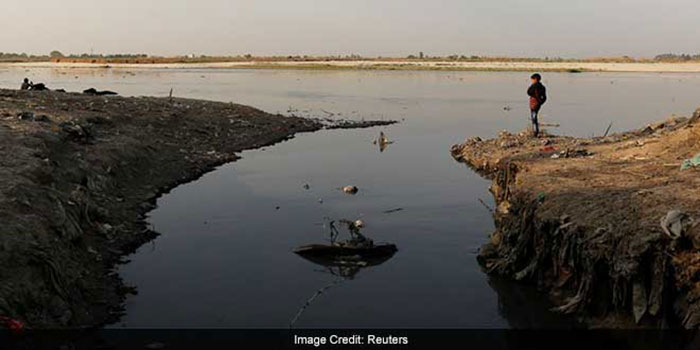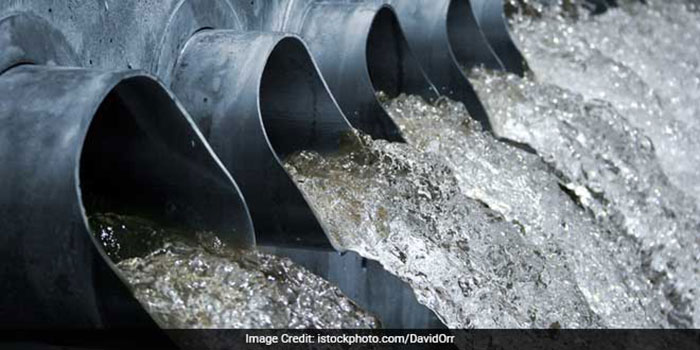Highlights
- Indiscriminate disposal of waste has hampered India’s waterbodies
- Unhealthy sanitation practices contribute to environmental degradation
- Behavioural change in water and sanitation practices are required
As the world gears up to celebrate World Environment Day on June 5, the stakes are higher than ever before as global environmental degradation has been a matter of concern for many years now. Global powers have been worried about climate change as the degradation in environmental conditions has had a significant impact on global climatic conditions. The theme for this year’s Environment Day is the celebration of our connect with nature and in the process, lessening global environmental ruin. For India, the roles played by water and sanitation are key to understanding how they have impacted the country’s environment. To curb the problem of environmental degradation, these two factors must be considered and worked on extensively.
There are several issues plaguing India at the moment as far as water and sanitation are concerned. The direct impact of these have been felt on the country’s environment. The absence of clean water and sanitation facilities are the two primary issues, out of which several other problems venture out, creating a lasting impact on the environment.
Polluted Rivers
Polluted rivers have been India’s bane for many years, with both the Ganga and Yamuna, two of the country’s largest rivers reeling with pollution. Industrial and domestic waste disposal are rampant in both the rivers. 500 litres of wastewater is dumped into the Ganga daily, whereas the Yamuna receives 850 million gallons of sewage daily just from Delhi. Such practices have had severe impact on the ecology of the rivers, as aquatic life has been badly choked in both the rivers. The Namami Gange programme as well as recent directives by the National Green Tribunal to eradicate waste disposal and defecation near Yamuna will play pivotal roles in addressing this issue.
Polluted Groundwater
With rivers polluted, turning to groundwater resources was an option that has been thoroughly explored and exploited. But the presence of arsenic in India’s groundwater, especially in the country’s eastern belt has been a problem. States like West Bengal, Bihar, Jharkhand and Assam had to bear the brunt of environmental pollution caused due to arsenic. Arsenic laden water has been used to water trees and crops for years in many parts of these states, resulting in ecological degradation in these states. Polluted groundwater is an enormous environmental challenge India faces.
Exhausted Water Levels
Over dependence on rivers and groundwater, along with limited mechanism for treating wastewater for reuse has resulted in India’s water sources being severely depleted. By 2050, the country’s water requirement is expected to rise to 1447 billion cubic metres from its current 1100 billion cubic metres. But India’s large population continues to use rivers and groundwater for usage. Exhausted water levels affect both flora and fauna and the environment as a whole, disrupting the ecological balance.
Piped Water Supply
Piped water supply remains a problem in both urban and rural area. Nearly 19,000 villages in India remain without access to piped water. In cities, slums are often dependent on a single tap for a section of the residents, resulting in severe water crisis. Most Indian cities also have drainage systems dating back to decades, hence their reconstruction becomes a tough task for the civic bodies. Lack of piped water affects overall cleanliness, the most significant being increasing the habit of defecating in the open. Outdoor sanitation leads to large scale environmental degradation.
Flooding in Monsoons
Monsoons are often considered to be the worst season for water as it increases water pollution levels and affects the environment. Dry industrial and domestic waste, as well as faecal sludge often moves into rivers and lakes and deposits the waste in the lower levels. Towns and villages situated near rivers use the same water for agricultural or consumption purposes, thus completing a cycle of environmental degradation.
Sanitation issues have contributed to India’s environmental problems as well, as for years the country has become habituated to unsafe sanitation practices. The Swachh Bharat Abhiyan’s clarion call to eradicate open defecation is commendable but it remains to be seen how the impact addresses India’s environmental problems.
Open Defecation
Open defecation is the biggest challenge India faces in terms of sanitation. Though India’s sanitation coverage has improved to 64.18 per cent in 2017 from 41.92 per cent in 2014, a lot more needs to be done in terms of eradicating the practice. Human waste contains germs and bacteria, which when released poses both environmental and health risks. Open defecation is both an environmental and a health hazard and should be tackled to stem the growth of environmental problems in India.
Lack Of Sanitation Maintenance
Maintenance of sanitation facilities is a must if India is to up its fight against unhealthy sanitation practices affecting the environment. Unfortunately, maintenance is moderately prioritised, as it brings up questions of cost and effective manpower. Public toilets in India built by civic bodies often run out of water and are storehouses of stench and filth, majorly polluting the surrounding environment. Many civic bodies across India have complained about the lack of funds to maintain public toilets and employ sanitation workers. Ill-maintained sanitation complexes cause immense urban environmental and health hazard.
Ineffective Faecal Waste Management
Given the bacterial composition of human waste, the fact that much of it remains untreated in India poses serious environmental risks. Apart from open defecation in villages, towns and cities, faecal waste on railways tracks and garbage dumps are often left untreated. Faecal waste can be turned effectively into manure but the lack of adequate number of waste treatment plants have resulted in faecal waste being disposed without treatment. The National Urban Faecal Sludge and Septage Management Policy, along with initiatives such as installation of bio-toilets in railway coaches are some of the steps undertaken to implement faecal waste management and reduce its impact on the environment.
Behavioural Change
Behaviour is another worrisome aspect in the Indian sanitation scenario. Open defecation has been a decade long practice, inherited by generations. In many of India’s villages and towns, toilets are still seen as a liability rather than a necessity, due to the costs people incur in their maintenance. This results in practice of open defecation continuing, even in places where sanitation facilities are available. The Swachh Bharat Abhiyan aims to change behavioural practices in sanitation since environmental degradation will continue to be a problem if such practices are not stopped.
As India gears up to begin a massive waste management programme on World Environment Day 2017, the problems the country faces on water and sanitation aspects should also be focused on with renewed energy. A clean and healthy environment is only attainable when the basic necessities of water and sanitation are fulfilled and the population has better options to choose from than either defecating in the open or disposing untreated waste in the country’s waterbodies.


